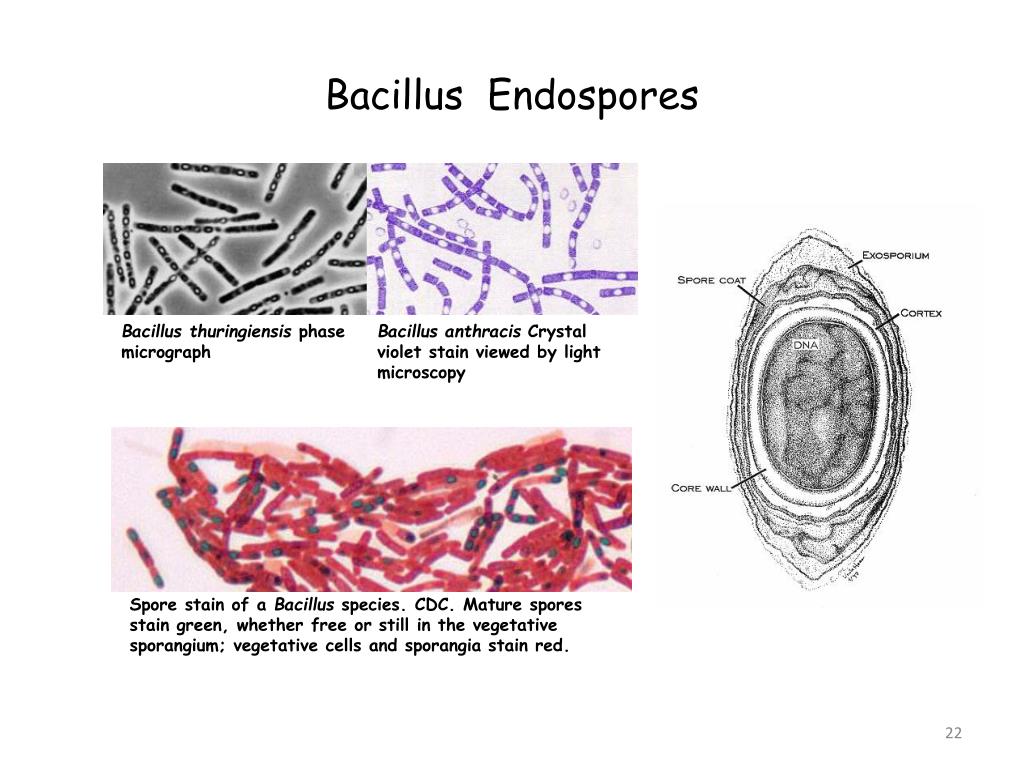

#B subtilis endospore stain free#
In the deep sea hydrothermal areas, a wide range of microbes colonize, which can be free living and utilize the inorganic carbon and sulfides in the hydrothermal fields, or form various communities with host animals ( Galéron, 2014). Members of the genus Bacillus are found in diverse environments on earth including deep sea ( D'Hondt et al., 2004 Batzke et al., 2007).

In addition, Bacillus licheniformis has been reported to be associated with foodborne illness ( Logan, 2012), and Bacillus thuringiensis is an important insect pathogen ( Nielsen-LeRoux et al., 2012). cereus can cause food poisoning as well as local and systemic infections ( Spencer, 2003 Schoeni and Wong, 2005 Hoffmaster et al., 2006 Ramarao and Sanchis, 2013). anthracis is the etiologic agent of anthrax, a common disease of livestock, while B. Two Bacillus species, i.e., Bacillus anthracis and Bacillus cereus, are considered medically significant B. Only a few species of Bacillus are known to cause disease in animals and humans ( Spencer, 2003). The majority of Bacillus are non-pathogenic, and many species have been used for biotechnological and industrial applications ( Hou et al., 2005 Price et al., 2007). Bacillus is a large genus with more than 200 species ( Euzéby, 1997). They form spores that are resistant to cold, heat, and common disinfectants, thus enabling the bacteria to survive in various environments ( Brown, 2000 Cote et al., 2015). subtilis.īacillus species are aerobic, rod-shaped bacteria that stain Gram-positive or Gram-negative ( Cote et al., 2015). These results provide the first insight into the potential harmfulness of deep-sea B. subtilis isolate with unique genetic features and can be lethal to vertebrate animals once being introduced into the animals by artificial means. Taken together, our study indicates that G7 is a B. Experimental studies showed that G7 was able to cause mortality in fish and mice following intramuscular/intraperitoneal injection, resist the killing effect of serum complement, and replicate in mouse macrophages and fish peripheral blood leukocytes. G7 possesses abundant putative virulence genes associated with adhesion, invasion, dissemination, anti-phagocytosis, and intracellular survival. subtilis wild type strain NCIB 3610 T, G7 genome contains many genomic translocations, inversions, and insertions, and twice the amount of genomic Islands (GIs), with 42.5% of GI genes encoding hypothetical proteins. Ten sets of 23S, 5S, and 16S ribosomal RNA operons, 86 tRNA and 14 sRNA genes, 50 tandem repeats, 41 mini-satellites, one microsatellite, and 42 transposons were identified in G7. G7 contains 4,416 coding genes, 27.5% of which could not be annotated, and the remaining 72.5% were annotated with known or predicted functions in 25 different COG categories. The genome of G7 is composed of one circular chromosome of 4,216,133 base pairs with an average GC content of 43.72%. G7 is aerobic, motile, endospore-forming, and requires NaCl for growth. subtilis strain (G7) isolated from the Iheya North hydrothermal field of Okinawa Trough. In this study, we examined the virulence potential of a B. To date, little is known about the virulence of B. 3College of Earth and Planetary Sciences, University of Chinese Academy of Sciences, Beijing, Chinaīacillus subtilis is the best studied Gram-positive bacterium, primarily as a model of cell differentiation and industrial exploitation.2Laboratory for Marine Biology and Biotechnology, Pilot National Laboratory for Marine Science and Technology, Qingdao, China.1CAS Key Laboratory of Experimental Marine Biology, Center for Ocean Mega-Science, Institute of Oceanology, Chinese Academy of Sciences, Qingdao, China.Han-Jie Gu 1,2,3, Qing-Lei Sun 1,2, Jing-Chang Luo 1,2,3, Jian Zhang 1,2 and Li Sun 1,2 *


 0 kommentar(er)
0 kommentar(er)
